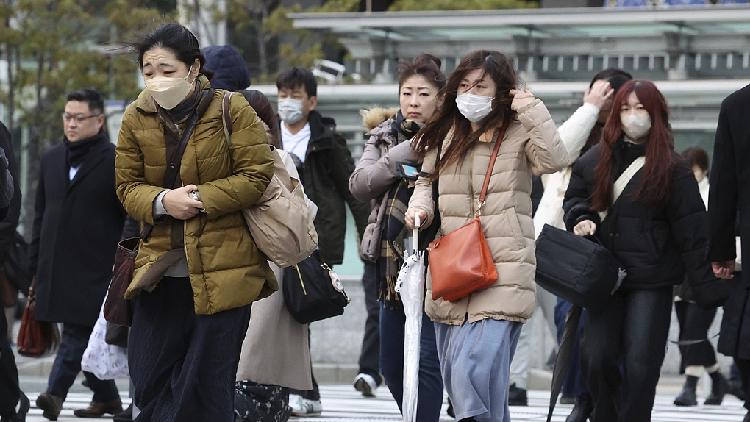Myanmar M-7.7 Earthquake Explained by Tectonic Movements

A recent M7.7 earthquake in central Myanmar has caused widespread devastation, with reports indicating that over a thousand lives have been lost. This catastrophic event raises pressing questions regarding the underlying causes of such destruction and how communities can better prepare for future seismic events.
The earthquake's shallow depth of merely 10 kilometers resulted in particularly intense ground shaking. This amplified the effects of the quake, leading to the collapse of numerous inadequately constructed buildings in the area.
The tremors were felt far beyond Myanmar's borders, reaching southwest China's Yunnan Province. In Ruili City, which is approximately 300 kilometers from the epicenter, two individuals sustained injuries as a result of the quake.
In terms of energy release, the recent earthquake was equivalent to the explosive power of approximately 300 atomic bombs, underscoring its severity and the potential for devastating impacts.
The geological backdrop to this disaster is rooted in the complex movements of tectonic plates. The Himalayan-Burmese Arc, where the Indian Plate converges with the Eurasian Plate at a rate of about five centimeters annually, positions Myanmar in one of the globe's most seismically active zones.
This tectonic collision generates significant pressures along faults, particularly the Sagaing Fault, which is a critical strike-slip fault that traverses Myanmar and carries a heightened risk for seismic activity.
Several crucial factors amplified the damage inflicted by this earthquake. The quake's proximity to Mandalay, Myanmar's second-largest city, meant that the intense shaking directly impacted a densely populated urban area. In addition, many structures in central Myanmar were not engineered to withstand such powerful tremors.
Moreover, the earthquake instigated landslides in the adjacent hills, obstructing roads and significantly hampering rescue operations. These cascading effects highlight the complex nature of disaster response in the wake of such calamities.
Looking ahead, there are essential strategies that inhabitants can adopt to enhance their survival during future quakes. When tremors begin, individuals inside buildings should drop to the ground, take cover beneath secure furniture, and hold on until the shaking ceases.
Preparation for potential utility failures in the aftermath of a quake is also paramount. Storing at least three days' worth of water, canned goods, and flashlights can provide crucial support in emergency situations.
The historical context reveals that Myanmar has experienced similar destructive patterns, such as during the Bago earthquake in 1930, which measured 7.3 on the Richter scale. By implementing simple yet effective measures like reinforcing essential structures and conducting regular community earthquake drills, the region can significantly diminish casualty rates during seismic events.
Read These Next

NVIDIA and Foxconn Enter Humanoid Robotics
A commentary on the collaboration between NVIDIA and Foxconn to develop humanoid robots, discussing the implications of 'physical AI' and its potential impact on industries and society.

China Weekly News Quiz January 27 to February 2 2025
Engage with our weekly quiz on recent developments in China to test knowledge and recap significant events in politics and culture.

Flu Outbreak Triggers Panic Buying and Medication Shortages in Japan
Japan faces drug shortages during a severe flu outbreak, with record cases as of late December 2024, amid hoarding and uneven stock.
